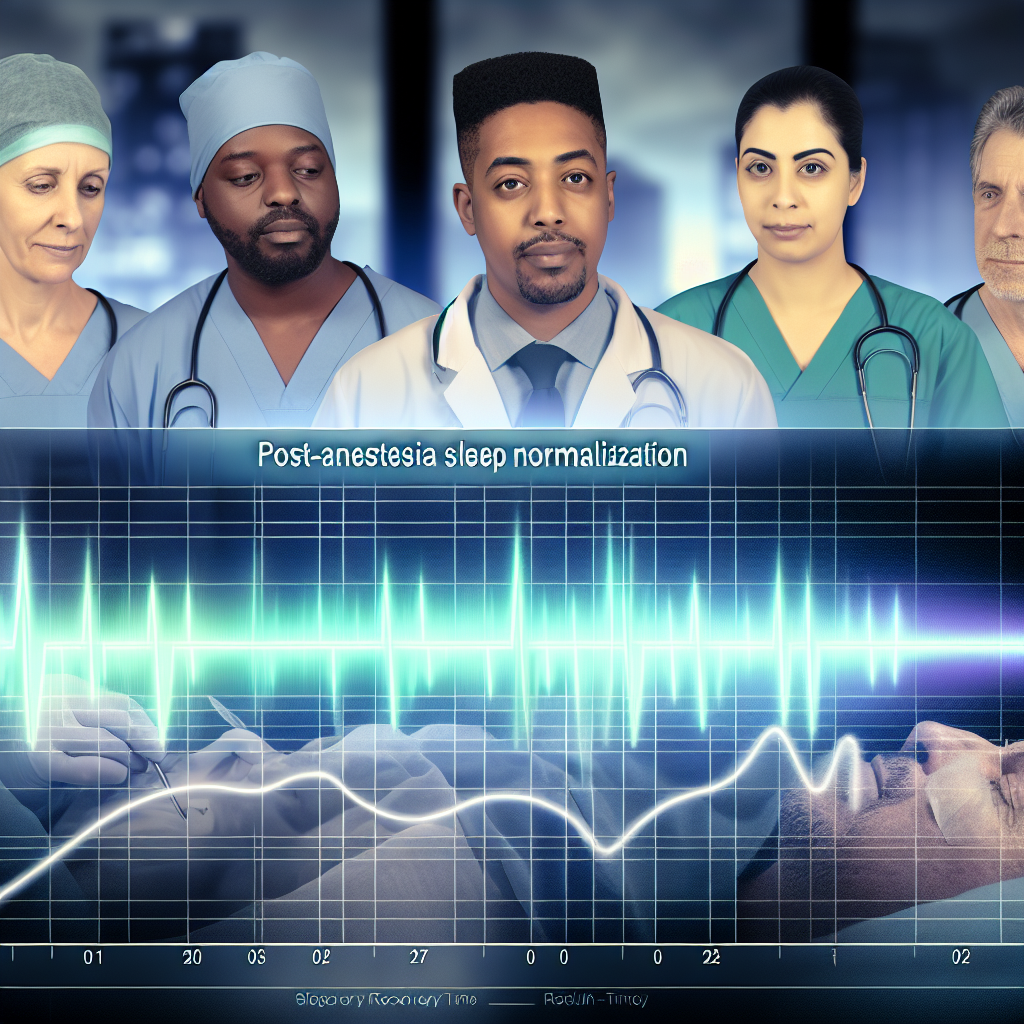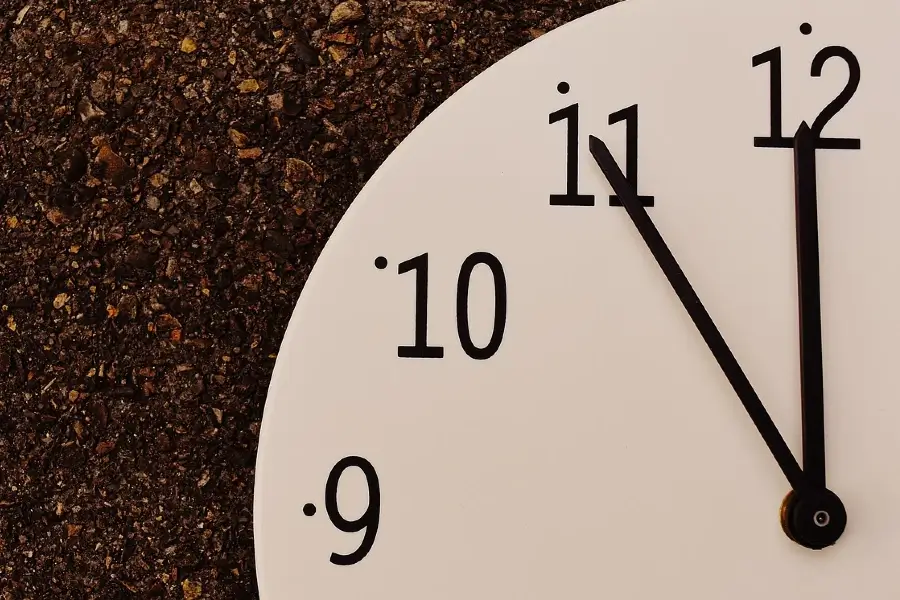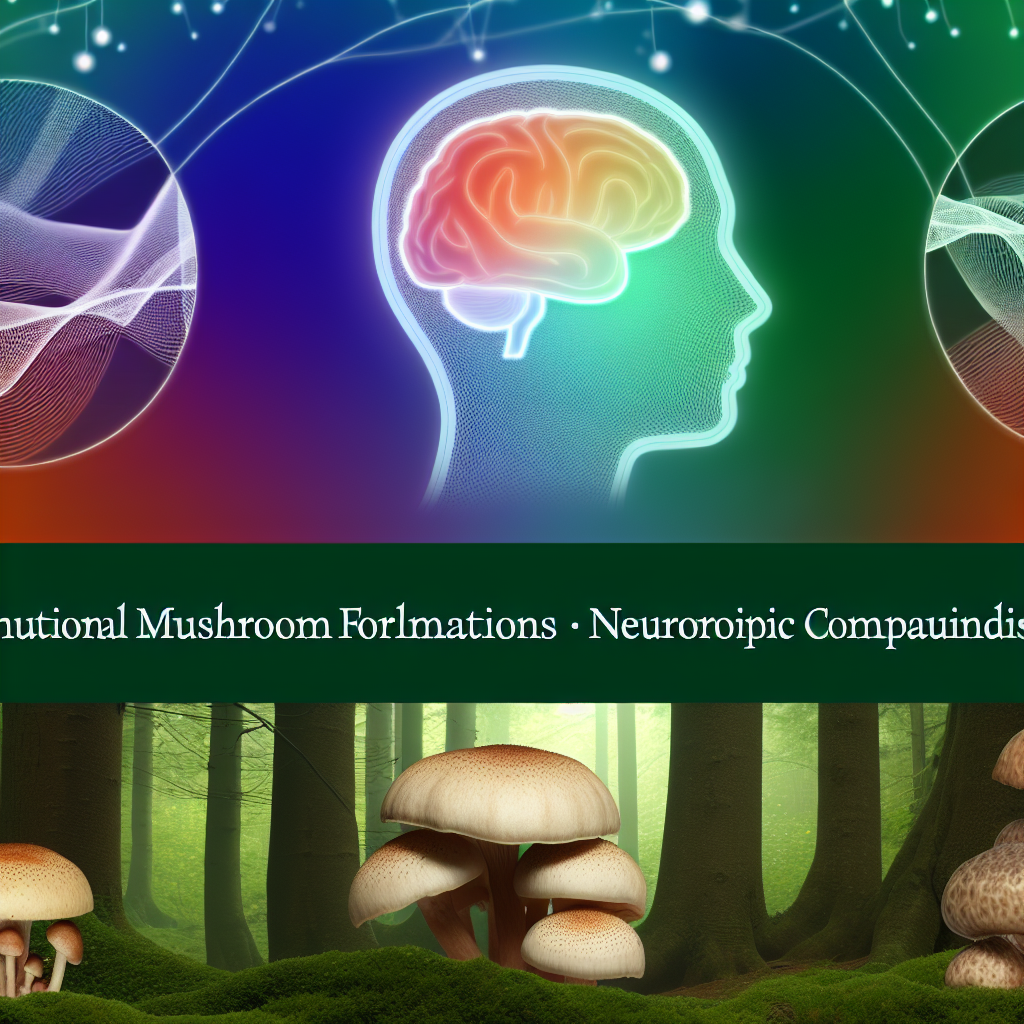**Post-Anesthesia Sleep Normalization: Recovery Timeline Technology**
Introduction
Anesthesia is a cornerstone of modern medicine, allowing patients to undergo surgical and diagnostic procedures without pain and distress. However, the process of returning to a normal sleep pattern after receiving anesthesia is far from immediate and can be a complex journey. As a fundamental part of recovery, sleep plays a vital role in maintaining immune function, promoting cellular repair, and supporting emotional stability. When disrupted, especially post-surgery, it can delay healing and negatively impact overall health.
Post-anesthesia sleep disturbances are more common than most people realize. Following surgery, many patients report fragmented sleep, insomnia, hypersomnia, or altered circadian rhythms. These disruptions are often influenced by the type of anesthesia used, surgery intensity, pain levels, medications such as opioids or steroids, environmental factors (such as hospital noise or lighting), and underlying health conditions. Children, adults, and the elderly can all experience these disturbances, although recovery timelines may differ among age groups.
Emerging research has highlighted that even regional anesthesia, which should theoretically pose less systemic disruption, can affect sleep by altering perceptions of pain or triggering psychological stress. General anesthesia, which induces a deep, coma-like state, may disturb the body’s neurochemical balance, mimicking the effects of sleep deprivation and suppressing REM (rapid eye movement) sleep temporarily.
The road to sleep normalization is unique to every patient. Nevertheless, researchers and clinicians are actively studying the effects of anesthesia on circadian health to improve recovery outcomes. Technology now plays a significant role in post-operative care, including wearable devices to monitor sleep-wake cycles, apps guiding relaxation and cognitive-behavioral recovery, and sleep-aware artificial intelligence (AI) tools. From personalized sleep coaching to optimized medication tapering, modern digital health tools are helping close the gap between medical recovery and true wellness—including the restoration of sleep.
In this article, we’ll explore the biology behind post-anesthesia sleep disturbances, the typical recovery timeline, evidence gleaned from medical research, and how technology is changing the game in sleep normalization. Whether you’re a patient, caregiver, or medical professional, understanding this nuance can help better prepare for the challenge of sleep recovery after surgery.
Understanding the Science Behind Post-Anesthesia Sleep Disruptions
Several peer-reviewed medical studies and clinical investigations have shed light on how anesthesia affects the body’s natural sleep rhythms. The sleep disturbance following anesthesia is not solely due to post-operative pain or hospital environment; it often stems from a disruption at the neurological and hormonal level.
A 2021 study published in *Anesthesiology* found that general anesthesia interferes with melatonin secretion and the natural rise and fall of cortisol, both essential circadian hormones. This maladjustment was seen to last up to a week post-surgery in both young and older adult populations. Melatonin, often known as the “sleep hormone,” regulates the sleep-wake cycle, and its suppression can lead to insomnia-like symptoms post-operatively.
Similarly, a 2020 review in the *Journal of Clinical Sleep Medicine* examined pediatric post-operative patients and found that children commonly experience increased REM sleep latency and reduced sleep efficiency after receiving volatile anesthetics. The study noted that these effects resolved in most children within 3 to 5 days, although children with pre-existing sleep issues or developmental disorders took longer to return to baseline.
For elderly patients, the outlook can be more complex. A study in *Frontiers in Aging Neuroscience* indicated that patients over 65 years old may take up to two weeks to regain pre-surgery sleep quality. Age-related neuroplasticity loss, slower metabolic clearance of anesthesia, and a higher prevalence of sleep disorders like sleep apnea contribute to this prolonged recovery.
Technology-Driven Solutions for Sleep Recovery After Surgery
Technological innovations are proving instrumental in tracking these symptoms and intervening effectively. Devices such as Actiwatches and other wearable EEG trackers enable clinicians to monitor patients’ sleep patterns without the invasiveness of lab-based polysomnography. A study published in *Nature and Science of Sleep* emphasized the potential benefits of these wearables in predicting sleep disruption severity and adjusting post-operative protocols.
Beyond tracking, intervention tools like guided meditation apps (such as Calm or Headspace), Cognitive Behavioral Therapy for Insomnia (CBT-I) apps, and smart lighting systems that mimic natural daylight patterns are being integrated into post-operative protocols. These solutions are particularly valuable in the ICU, where sleep disturbances are most prominent due to noise, artificial lighting, and frequent awakenings.
Even pharmaceutical efforts reflect this understanding. Low-dose melatonin supplementation and dexmedetomidine (an alpha-2 adrenergic agonist used during sedation that mimics natural sleep stages) are being utilized to preserve sleep architecture during and after anesthesia, as reported in *The Lancet Respiratory Medicine*.
These findings underscore a critical shift in post-op care: sleep is no longer dismissed as a secondary concern but recognized as essential for full recovery. Leveraging both biology and technology, clinicians are better equipped to monitor and personalize interventions for post-anesthesia sleep normalization.
The Road to Sleep Normalization: Realistic Timelines and Holistic Recovery
Post-anesthesia sleep disturbances are not merely inconvenient; they can significantly affect healing, immune resilience, mental health, and long-term recovery. Understanding the biological changes anesthesia induces and recognizing the variability of sleep normalization timelines—especially across age groups—help in setting realistic expectations and implementing necessary interventions.
Thanks to advancements in medical research, we now know more about how different types of anesthesia interact with sleep-regulating hormones and brain function. Modern wearable technologies, AI-driven applications, and guided sleep interventions offer promising pathways to restore sleep health after surgery. From melatonin-balanced light therapy to CBT-I mobile tools, patients today have access to better support than ever before.
Ultimately, recovering from anesthesia is not just about wound healing or pain management. It’s also about restoring the body’s natural rhythm—the delicate sleep-wake cycle—that supports every other function. By paying attention to sleep health and utilizing cutting-edge tools, patients and practitioners alike can contribute to a more holistic and complete recovery process.
References
1. [The Neurobiology of Sleep Stages and the Impact of Anesthesia](https://pubs.asahq.org/anesthesiology/article/134/4/646/115265)
2. [Postoperative Sleep Disturbance: A Clinical Update](https://jcsm.aasm.org/doi/10.5664/jcsm.8680)
3. [Effect of Anesthesia on the Sleep-Wake Cycle in the Elderly](https://www.frontiersin.org/articles/10.3389/fnagi.2019.00394/full)
4. [Wearable Technology in Sleep Medicine](https://www.dovepress.com/the-use-of-wearable-devices-in-sleep-monitoring-peer-reviewed-fulltext-article-NSS)
5. [Melatonin Secretion Post-Anesthesia](https://anesthesiology.pubs.asahq.org/article.aspx?articleid=2778769)
6. [Effects of Dexmedetomidine on Sleep Architecture](https://www.thelancet.com/journals/lanres/article/PIIS2213-2600(18)30424-9/fulltext)
**Concise Summary**
Post-anesthesia sleep disturbances are a common but often overlooked challenge in recovery. Emerging research reveals how anesthesia can disrupt the body’s natural sleep-wake cycles, leading to insomnia, fragmented sleep, and delayed sleep normalization. Fortunately, technology is playing a growing role in monitoring, understanding, and addressing these sleep-related issues, from wearable devices to AI-driven interventions. By recognizing the science behind post-anesthesia sleep disruptions and leveraging innovative solutions, patients and healthcare providers can work towards a more holistic and complete recovery process.

Dominic E. is a passionate filmmaker navigating the exciting intersection of art and science. By day, he delves into the complexities of the human body as a full-time medical writer, meticulously translating intricate medical concepts into accessible and engaging narratives. By night, he explores the boundless realm of cinematic storytelling, crafting narratives that evoke emotion and challenge perspectives.
Film Student and Full-time Medical Writer for ContentVendor.com




